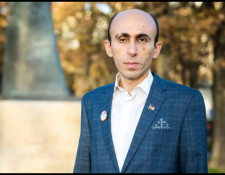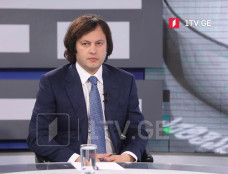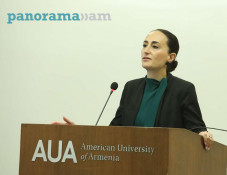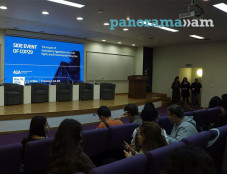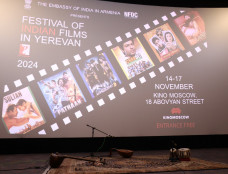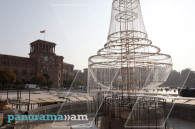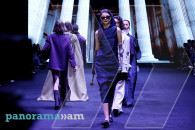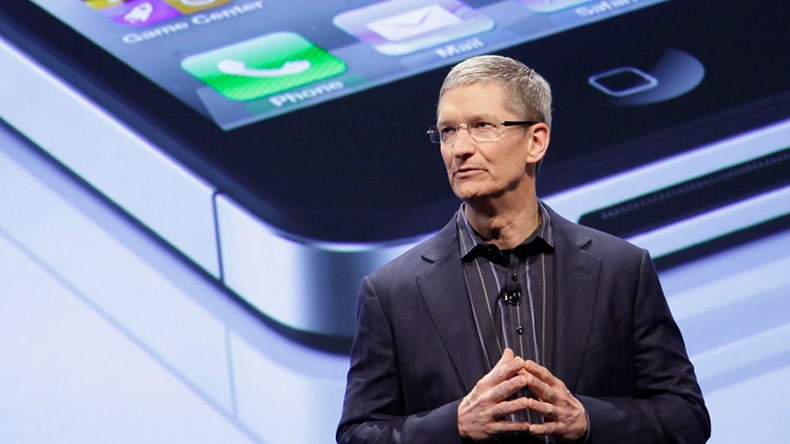
Apple opposes judge's order to help FBI and hack 14 people killer’s iPhone
Apple is opposing a judge's order to help the FBI break into the iPhone of one of the San Bernardino, California, shooters, calling the directive "an overreach by the U.S. government," according to the CNN.
A public letter, signed by Apple CEO Tim Cook, warns that complying with the order would entail building "a backdoor to the iPhone" – "something we consider too dangerous to create."
"The government is asking Apple to hack our own users and undermine decades of security advancements that protect our customers – including tens of millions of American citizens – from sophisticated hackers and cybercriminals," the letter said as cited by the CNN.
Such a move would be an "unprecedented step," threatening the security of Apple's customers, it reads.
The letter called for a public discussion on the order, saying the company was "challenging the FBI's demands with the deepest respect for American democracy and a love of our country."
"We believe it would be in the best interest of everyone to step back and consider the implications," the letter said.
Earlier, a judge in California ordered Apple to help the FBI break into the phone of San Bernardino shooter Syed Farook. Farook and his wife, Tashfeen Malik, killed 14 people in the December shooting. The couple, radical Islamists who supported ISIS, later died in a shootout with police.
Apple said the FBI had requested that the tech giant produce a new version of the iPhone operating system that circumvented key security features to install on Farook's phone.
"In the wrong hands, this software – which does not exist today – would have the potential to unlock any iPhone in someone's physical possession," Cook's letter said.
The FBI did not describe such a move as a "backdoor" into the iPhone, but complying with the request would "undeniably" create one, and limiting its use to the Farook case could not be guaranteed, the letter reads.
"The government suggests this tool could only be used once, on one phone. But that's simply not true. Once created, the technique could be used over and over again, on any number of devices," it said.
Newsfeed
Videos






